![]()
Brought to you by CustomerIQ, the AI customer intelligence platform to help teams aggregate, search, and synthesize their unstructured customer data. CustomerIQ unlocks insights from channels like CRM notes, surveys, support tickets, and call transcripts, to help drive retention, product improvements, and revenue. Align every team with the needs of your customer and deliver an exceptional experience with one powerful AI platform. Learn more here.
DoWhatWorks was founded by Andres Glusman and Will Howard, both of whom led product and engineering teams at Meetup for nearly a decade. They launched DoWhatWorks in 2021 after spending two years building an engine that can detect and analyze thousands of product and marketing tests run by over 1,500 companies online each day.
The idea behind DoWhatWorks stemmed from Glusman and Howard’s experience at Meetup, where they ran numerous experiments and realized the value in learning from what works for others instead of constantly reinventing the wheel. They sought to create a platform that could aggregate and share successful experiments and strategies across companies.
In the early days, Glusman and Howard went through a painful process of sharing their product and pitch across various sectors and customer types to refine their messaging and identify their target audience. They eventually found traction with clients like top streaming services, Fortune 500 SaaS companies, and meal subscription companies, who provided valuable feedback to improve the platform.
The founders named the company “DoWhatWorks” because they believed businesses don’t need to reinvent every aspect but can learn from experts and apply proven strategies to their situation, saving time and money.
As of 2023, DoWhatWorks has amassed a vast collection of experiments across areas like homepage design, pricing, marketing messaging, and sign-up flows.
This week Mike Belsito, cofounder at Product Collective and our collaborators here at Behind the Product, sat down with Andres to learn about the origin and vision for DoWhatWorks.
Here’s what we learned:
- How Andres validated DoWhatWorks before building
- The moment it became more than an idea
- How they’re building the Grammarly of UX
- How one feature almost killed their product
- Feeling product-market fit
- What Andres looks for in new hires
- The future of DoWhatWorks
Please enjoy Mike Belsito’s conversation with Andres Glusman, Co-Founder and CEO of DoWhatWorks.
What inspired you to build DoWhatWorks?
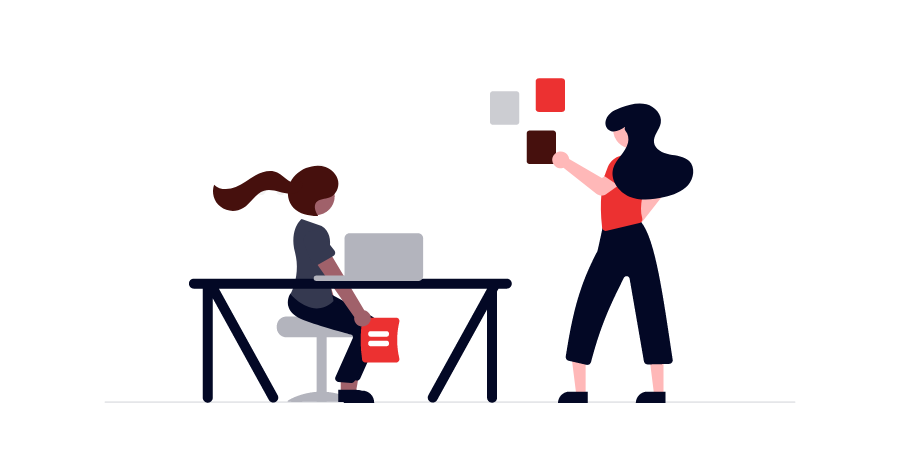
As entrepreneurs, we realized we could be the solution to our own pain and solve it. The spark for this idea goes back to my days at Meetup.com, where I first fell in love with the process of running experiments and seeing the significantly better results they lead to. However, this experimentation always came with a side of failure, which can be grueling.
The idea for DoWhatWorks was a sudden flash of inspiration that struck while I was working on a different project. My co-founder, Will, was on board from the get-go, and we created a rough prototype within days. When we started showing this prototype to contacts in the product world, they found it captivating and were even willing to pay for it. This validation was crucial; it motivated us to build an actual product instead of pursuing traditional jobs.
We quickly put together a basic online dashboard and delivered it to our initial users. From there, things took off in a big way. We turned down other opportunities and poured all our energy into building DoWhatWorks. Since that point, it’s just been about scaling our product and serving our growing user base.
How long was it from that founding moment until your first stripe payment?
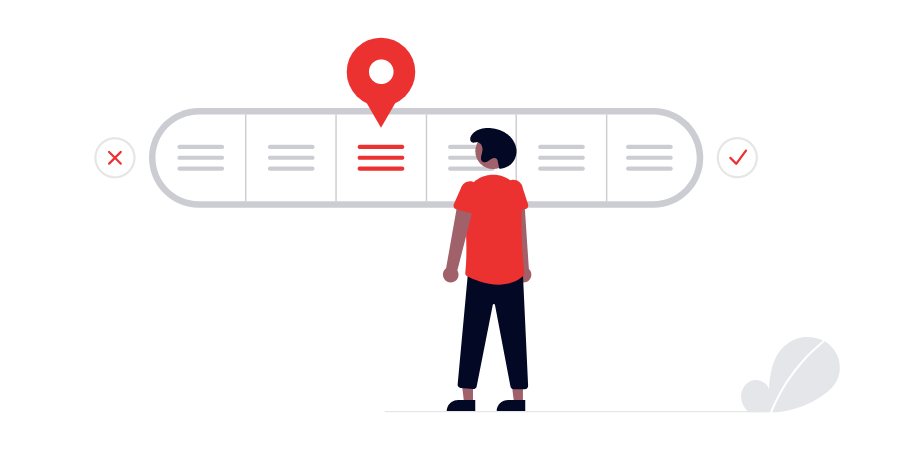
It was probably about two months, maybe three months. During that time, we were playing with a lot of different ideas and hadn’t fully committed to just one yet. We could have done it faster, but we spent a lot of time in early explorations and trying to prove out various concepts, especially when it came to gathering or detecting the experiments. We were deep in the weeds, really trying to make something valuable before building the technology around it. Will and I aren’t afraid to roll up our sleeves and do whatever it takes to create the experience first and then figure out the technology. Those first few months involved a lot of manually moving things around just to see what we were working with.
What was that moment for you where you realized this was going to be more than a cool idea and you were onto a big business?
I had just exited Meetup and had some money in my pocket. My wife, knowing my entrepreneurial spirit, told me, “Okay, you’ve got one year. I know you want to go build something new. You either get traction by the end of that year or you go get a real job.”
Right around then, we were starting to get the pieces to come together, and for whatever reason, recruiters started calling me out of the blue. I was getting these ridiculously cool job offers that were offering me boatloads of cash. But then, when we got those first three stripe payments—those three little credit card charges on a recurring basis—it felt like a sign. Although it wasn’t enough to pay us yet, it gave me the confidence that I could turn down those high-salary offers and truly commit to building this. That was the moment I knew we had something big on our hands.
What is the overall mission? What’s the big vision?
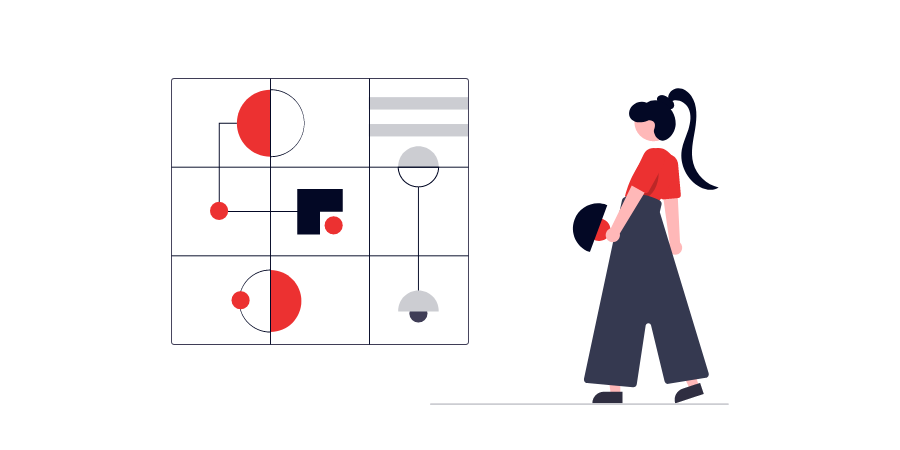
From my experience in the lean startup movement, I’ve developed the belief that launching a new product or company is comparable to visiting an amusement park, where you can only access one ride at a time. By completing one ride, you earn a ticket to the next one. This is analogous to the milestones we set for ourselves. Initially, we had to confirm whether our technology functions as intended. Luckily, it did. Then, we determined its appeal through a small audience of friends, which also proved successful. Subsequently, we established that people were willing to pay for it and that we could reliably satisfy our paying customers, and continue to do so. Including whether we could scale our operation which we’ve proven by partnering with six of the top streaming brands, globally recognized banks, leading B2B SaaS companies, educational applications and so on.
Our database now includes the analysis of 20,000 experiments featuring a myriad of elements like hero images, button colors, and specific copies among others, which has allowed us to identify patterns that show us what works best, in terms of specific industries, pages, and geographical regions.
This brings us to our big vision. We’re working towards becoming something like an auto-correct for your website. We’ve used the results from our thousands of experiments to gain an understanding of what works and what doesn’t. This enables us to evaluate any webpage and detect any weaknesses, strengths, missing elements, necessary changes, and support these observations with specific experiments. Our central goal is to accelerate success with minimal resources. Everyone wants to succeed, so we’re dedicated to simplifying that process as much as possible.
Currently, we have the only database that definitively indicates what does and does not work in this realm. This data can help us train AI systems, simplifying the process of optimizing experiences online. This puts us in a unique position, as AI’s effectiveness is primarily determined by the quality of data it is trained on, and we have a rich, exclusive dataset at our disposal.
How long was it between your first payments to today?
Four years ago, we made our first transactions. And I remember it quite well – that feeling when I bought the Do What Works website, it’s also been four years this month.
How has customer feedback influenced the product since then?
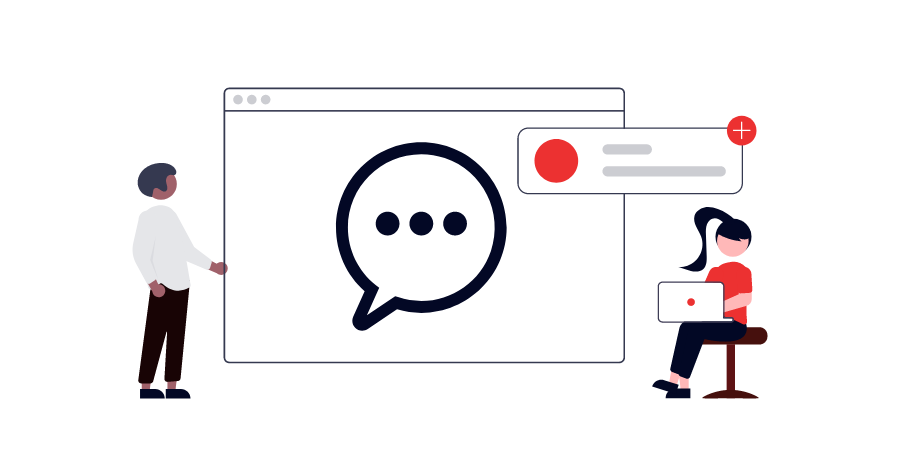
The most significant change in our product has come from having a deep understanding of what our customers need and where we come from. As a team, we’ve always ensured that our customers are intimately involved in our process. This intimacy isn’t just because they are friends, but because we genuinely enjoy engaging with them to understand their needs and goals.
We’ve noticed that as we grew, we became victims of our own success. Initially, our primary focus was on proving that we could effectively identify and analyze experiments at scale. However, the downside to this is that it became increasingly challenging to find the most relevant aspects for our customers.
We invested substantial time into research and development to figure out a way to help our customers pinpoint exactly what they want. As a direct result of our interaction with them, we built alerts into our operations and improved our methods of understanding, filtering, and analyzing.
The ultimate game-changer for us came when we recognized a critical customer need. What they wanted wasn’t just data; they wanted wins. Seth Godin’s concept that “customers don’t buy a drill, they buy a hole” greatly influenced our perspective in realizing that our customers don’t just want data – they seek wins more often, faster, and with fewer resources.
About a year and a half ago, we leaned into this realization. We took our data and learned how to extract patterns and map them to our customers’ pages. We began doing this manually and soon offered it as a service, layered on top of our existing offerings.
In the last year, we found that these patterns can consistently generate multimillion-dollar wins for our customers. The ultimate question is, can you create value for your customers? We positively answered this question last year. The challenge we’re now facing is to scale this method beautifully. We’re looking to increase our analytical capacity tenfold and then multiply it by another ten. It may sound like a Herculean task, but it’s the path we’re enthusiastically treading.
When did you feel product-market fit?
That’s a great question. We’ve taken an inside-out approach, starting from the central question and working our way outwards. I think we’ve successfully demonstrated that we can identify tests and implement them at scale, and that our product makes a meaningful difference for our customers. They enjoy using it and continue paying for it, which implies high customer retention rates. We have loyal customers who have been with us for over three years now and their number keeps increasing every year. This indicates a high level of satisfaction.
These are all strong signals of product market fit. Our next challenge is figuring out how to elevate this success to new heights. I believe we’re getting quite close to that, and that product market fit is the last piece to fall into place.
However, I feel it’s important to mention that product-market fit isn’t a fixed concept. It’s a moving target and things can fluctuate rapidly. You might achieve it at one moment, but the market continues to evolve swiftly and you need to constantly find it anew. It’s like that scene in the movie Top Gun – they lock on the aircraft in front of them and fire, but it’s in their sights for just a fraction of a second. They have to keep locking onto targets repeatedly. I feel that this analogy perfectly encapsulates my own experience. Of course, the closest I’ve ever come to a fighter jet is in a movie theater, but I think it helps visualize the concept.
Tell us about a few challenges you experienced along the way
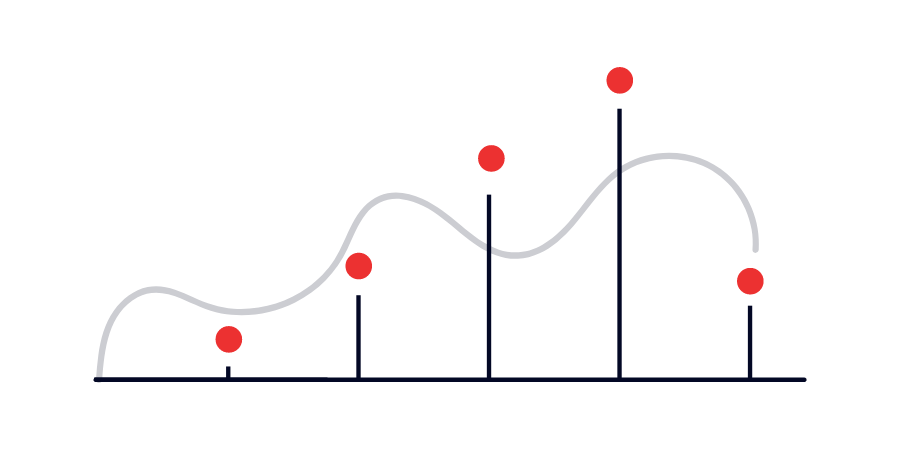
Oh, absolutely. As an entrepreneur, I grappled with challenges on a daily basis, depending on the hour of the day. We are very problem-focused in the way we think of our roadmap. We always ponder, “What’s the next thing we need to prove? What are the next two or three really substantial things we need to prove?”
There were moments, however, when the resolution of today’s issue essentially generated the next one we had to tackle immediately. I recall a time when we figured out how to dramatically scale up the ability to detect and report on experiments. We noticed our customers becoming less satisfied, because finding what they wanted became increasingly difficult. This, in turn, led to an increase in customer churn, which was disheartening.
We found ourselves doing exactly what we thought we needed to do, but in solving the problem, we created a new, more consequential one. We had to invest half a year into devising a smart search system and an alert notification system. This turned out to be one of our major breakthroughs to boost our customer engagement. Ever since we launched these features, we’ve seen a rise in system activity, constantly moving up and to the right.
How has scale impacted DoWhatWorks?
There are myriad ways to scale, but often limited resources. The key is to quickly identify the strategies most likely to work. For example, if running ads doesn’t seem to yield the desired results, do we keep investing or shift our focus elsewhere? Our approach is experimental; we aim to identify a signal, a sign that there’s something worth pursuing.
The conversation around scaling up also involves hypothesis evaluation and a lot of gut feelings. Let’s take our website, for instance, we had not updated it for three years, and we felt that by refreshing it to more accurately represent our current work, it could make a significant difference. And honestly, it’s starting to do a much better job since we relaunched it a couple of weeks ago.
However, these are only a part of the many questions we’re grappling with. Other concerns include identifying the smart distribution and partnership strategy, deciding if we should invest in ads and the like. From an entrepreneurial point of view, part of the learning curve has involved identifying the right talents to help. Until you have a clear growth strategy, it’s crucial to work with brilliant people, well versed in different strategies.
A strategy that’s worked for us involves seeking the smartest person writing about whatever we’re dealing with, reaching out to engage them as a consultant, and learning from their playbook. While the goal has always been to create our own playbook eventually, if we can learn from someone else’s experience quicker, it’s an opportunity we’ll grab immediately to avoid learning everyone else’s lessons the hard way. After all, our very name, DoWhatWorks, is indicative of our ethos; we take what works and make it our own.
What do you look for in new hires?
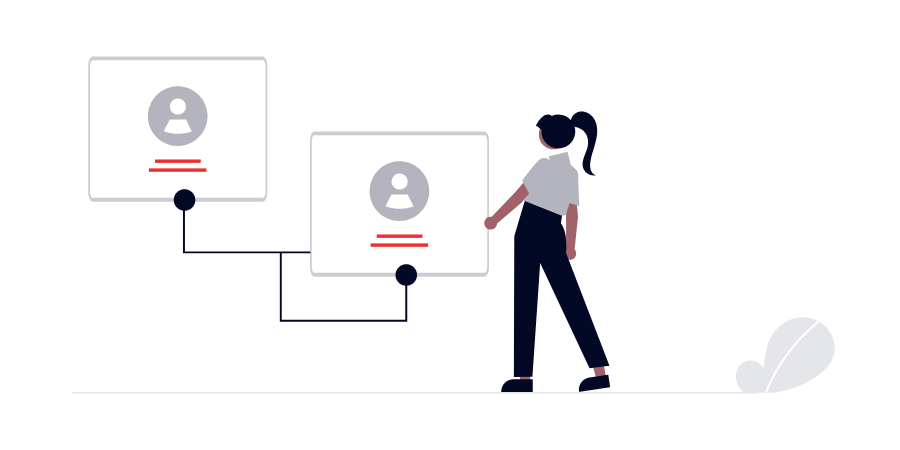
We seek out individuals who are extremely curious – those who are yearning to find answers, to figure things out. In other words, people with an entrepreneurial spirit who exhibit a “can do” attitude.
But above everything, and this is non-negotiable as we grow, we want “good humans”. We insist on individuals who display high integrity, kindness, and a genuine care for those around them. A candidate who doesn’t show these traits will not be a fit for our team.
As for skillsets, think of it like knives. You have your Swiss army knives, multifaceted and adaptable, and then you have your single use tools, highly specialized in one area. A metaphor I think fits better comes from the military: Marines and the Army. Marines are these nimble, versatile groups – they’re the ones taking the beach. The Army represents the occupying force that follows, focusing on logistics and maintaining operations. You need both types of talents on a company team, the Marines who forge ahead, and the Army to create order out of the chaos and maintain the solution. At present, we stand at an intersection with a lot of “Marines”, and we’re starting to hire “Army” personnel as well.
How did your experience at Meetup influence your work at DoWhatWorks?
Meetup had a wonderful culture that we’ve tried to borrow from at DoWhatWorks. They were extremely transparent with their employees, everyone had access to most of the financials and had a clear understanding of the vision. Meetup was a place where people looked out for each other and a lot of thought was put into finding talent from different pools to ensure diversity. There was definitely room for improvement on certain fronts, but on a cultural level, they did a lot right.
When it came to strategizing, one lesson I took from Meetup was the importance of having a revenue model from the very beginning. Meetup launched with a model where restaurants would pay to host meetups, proving that there could be an initial revenue stream. However, the service then became free for a period of time and switching back to a fee-based service was extremely difficult. I absolutely didn’t want to go through that again. That’s why with DoWhatWorks, we aimed to be revenue positive from day one.
Furthermore, during my time at Meetup, we upheld a principle of spending money as if it’s your own. We operated in a very capital-efficient way, raising only around $20 million despite our substantial exit. We’ve carried this lesson over to DoWhatWorks and aim to operate in the same prudent manner.
Looking ahead, what are you most excited about?
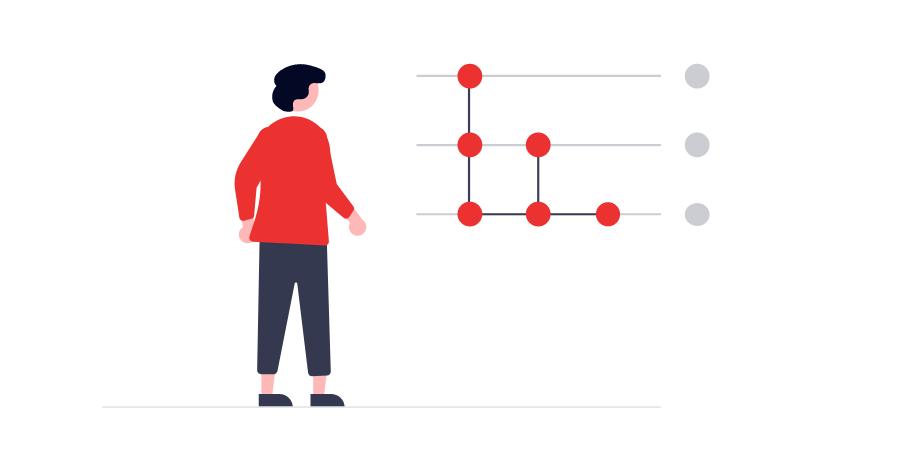
I’m truly excited about this vision that I’ve labored over for years – this notion that wouldn’t it be stellar if we could take this critical mass of experiment data and mold it into something truly significant and impactful? That’s what we’re starting to prove, which is heartening.
I’ve plowed four long and challenging years into this journey, with the aspiration of becoming the Grammarly for UX, a system that quickly provides insights and direction to people to prevent missteps and enhance their ability to identify and execute what works more quickly, efficiently, and frequently. At the crux of it, that’s what I’m really thrilled about.
We’re so close to achieving it that I can taste the culmination of our efforts. I can visualize the entire picture coming together. Of course, it would need work to bring that vision to a tangible, seamless user experience reality. But the pace at which the world is moving, coupled with the rise of AI that has serendipitously fallen onto our plate, fuels my exuberance. We possess this treasure trove of data, and now have the perfect opportunity to utilize it and train AI to perform truly miraculous tasks. That’s what revs me up as we look ahead.
What parting words or advice do you have for the product builders and entrepreneurs reading this?
Run towards the buzz saw. Imagine a James Bond movie. At some point, James Bond is strapped to a table with a buzz saw heading his way. The fear of inching towards the buzz saw is maddening.
I’m suggesting that you need to figure out what is the buzz saw in your business. What’s the one thing right now that’s threatening to crash your entrepreneurial dreams? Is it your technology not working? Is it the worry that no one’s going to use it or pay for it? Whatever your buzz saw is, don’t shy away – run towards it as fast as you can.
If you can overcome this buzz saw, congratulations! Now, find the next buzz saw. Continue identifying and overcoming these ‘buzz saws’, as they represent hurdles in your business. If you can figure out how to solve these problems quickly, you’re going to be in a really good shape. Or if you can’t overcome it – well, good news, you didn’t waste years trying to build something that eventually didn’t work out. So it’s a series of questions, a series of buzz saws, but always remember to identify the most critical one first and run towards it.
A huge thank you to Andres Glusman for sitting down with us and sharing his time and expertise. You can follow along with Andres on Linkedin here.


